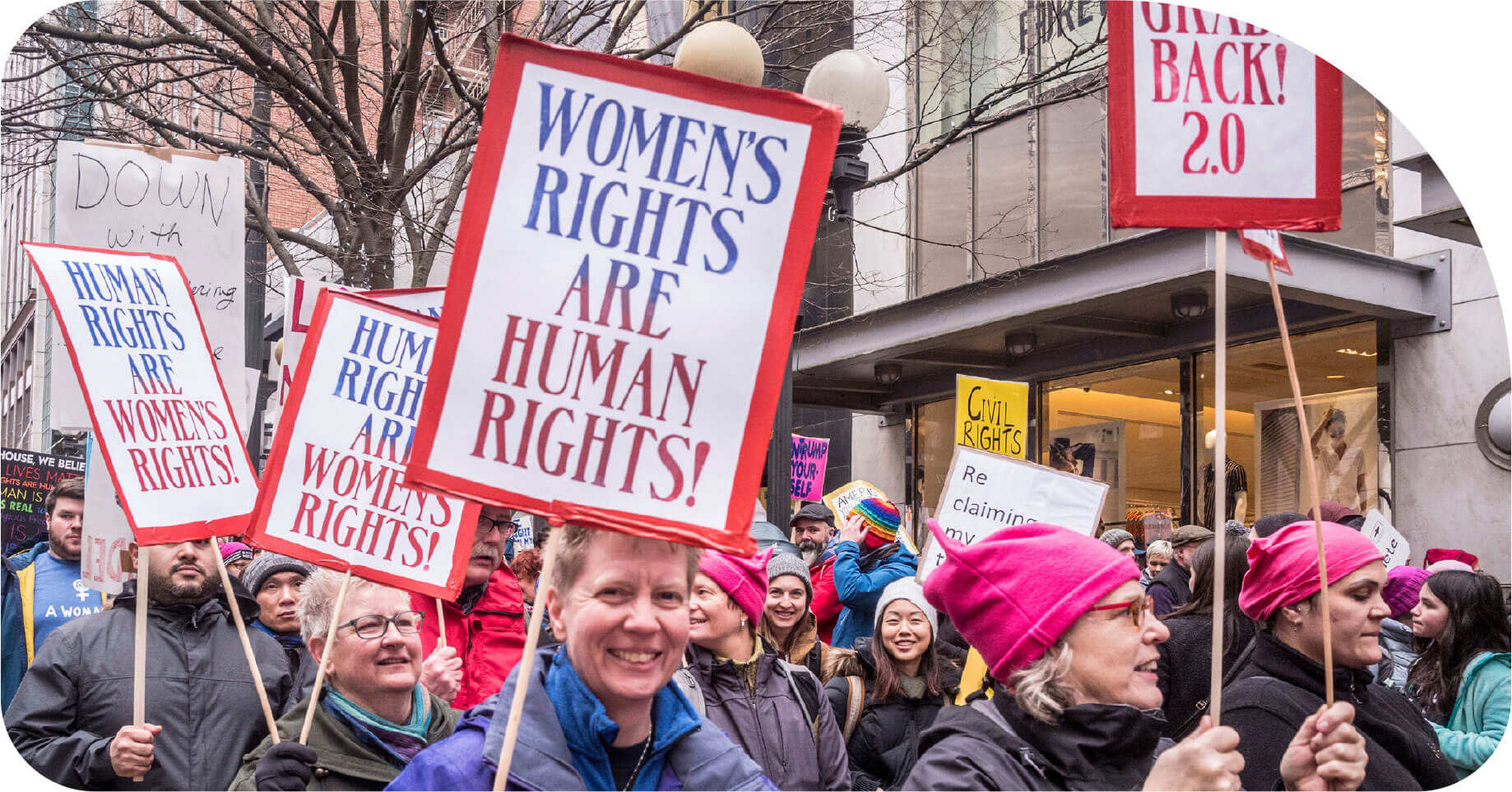Historical Context on Feminism
In the ongoing pursuit of gender equality, the concept of feminism has emerged as a transformative force. The term “feminism” was first used by Charles Fourier, a French philosopher, in 1837. It subsequently gained traction in France and the Netherlands in 1872, in Great Britain in the 1890s, and in the United States in 1910. The Oxford English Dictionary also documented the appearance of the word “feminist” in 1894, and “feminism” in 1895.
According to Josephine Donovan on her book titled Feminist Theory: The Intellectual Traditions, the development of feminism theory is divided into several stages:
- The first wave of feminist theory emerged in the early 18th century, focusing primarily on women’s suffrage and political rights.
- The second wave of feminism theory emerged in the 1960s and persisted into the 1980s, centering around issues such as reproductive rights, workplace equality, and gender stereotypes.
- The third wave of feminism theory emerged in the 1990s and continues to the present day. It emphasizes intersectionality and seeks to address the diverse experiences of women across various races, ethnicities, sexual orientations, socioeconomic backgrounds, and more.


Challenging Essentialism
While masculinity and femininity encompass more than just differences in character or nature between men and women, they also carry implications of hierarchical power dynamics. Gender hierarchy often places masculine traits on a higher pedestal, affording them positions of power and authority, while subordinating feminine traits.
Feminist postmodernism plays a significant role in challenging essentialism, a belief in the existence of fixed inherent characteristics that define particular groups such as women or men. Feminist postmodernists argue that it oversimplifies women’s diverse experiences, and they stress the existence of diversity within women’s lives, recognizing that each woman’s experience is unique. This emphasis on individual experiences serves as a crucial starting point in addressing gender inequalities and paving the way for women to embrace their inner abilities and forge their own paths to success. In other words, we begin to understand that each woman’s journey is distinct and shaped by her own circumstances, perspectives, and aspirations.
How Women Empowerment Advances Sustainable Development
According to the United Nations, providing women equal access to education, healthcare, decent work, and even representation in political and economic decision-making processes, will fuel sustainable economies, as well as benefit societies and humanity at large. Awareness of the importance of education is the first step to eliminating the inequalities between men and women. This would involve empowering women with the knowledge, skills and self-confidence in order to fully participate in the development process. In addition, the benefits of diversity include improved financial performance, leveraging talent, reflecting the marketplace and customer perspectives, and increased innovation. These things are essential for the achievement of sustainable development, as well as the full participation and partnership of both women and men in their professional and personal lives, which can include shared responsibilities towards the care and nurturing of children and maintenance of the household.
Women Empowerment Reflected in the Media
Many who have seen the Barbie movie this year have drawn conclusions from the way the movie explicitly addresses gender patriarchy issues that mirror real-world experiences. It describes how navigating the world as a woman is like traversing a maze of societal expectations, how their responses to constantly shifting and contradictory demands are never good enough, sweet enough, smart enough, or even strong enough. Consequently, this movie has also become an inspiration for women, proving that unity can allow women to overcome patriarchal systems and demonstrating that women can be influential and successful when they dare to challenge the status quo. The victory scene echoed as a rallying call to all women, showing that they can achieve anything they set their minds to, regardless of the obstacles they face. This message was a resounding reminder that women are not to be underestimated. They are strong, intelligent, and resourceful. They are willing to pursue what they believe in, and they will not be discouraged by the challenges they encounter.
Conclusion
In a nutshell, people should recognize that empowering women to expand their own capacity should be a main objective of development and an internal resource for motivation. Empowerment requires the full participation of people in the provision, implementation, and evaluation of decisions in determining the function and well-being of our environment. Hopefully, people will be able to contribute to the effort to close the gender gap between men and women in their personal and professional lives by increasing the participation of women throughout society, as well as bring about a balanced representation of women and men in all sectors and increase the access of education and careers for all women.
 |
Written by: Karina Putri |